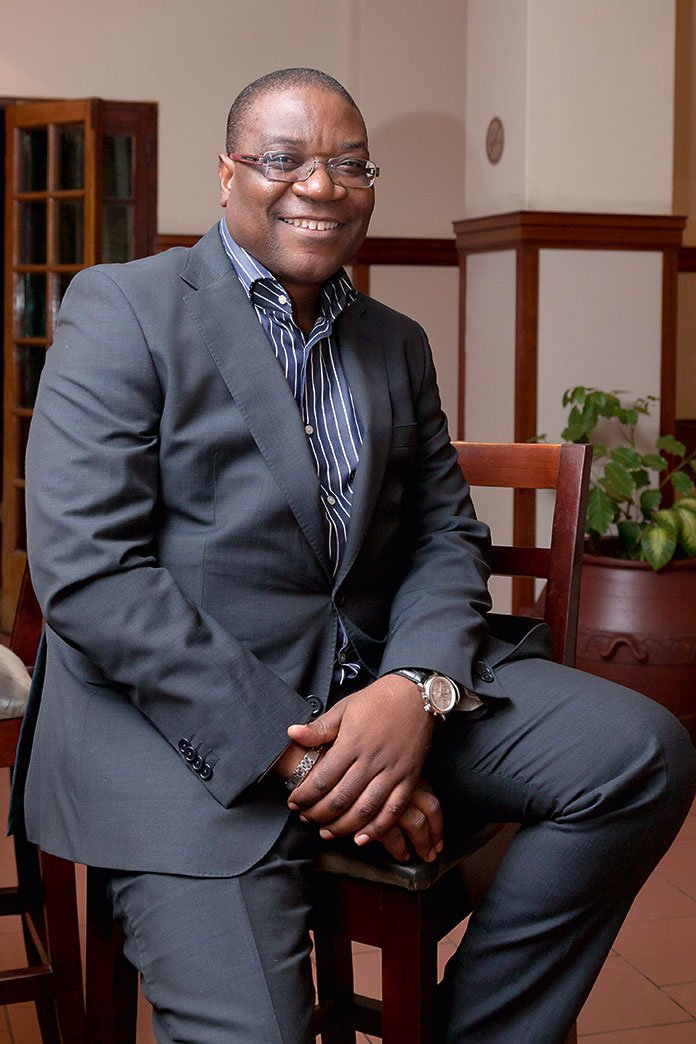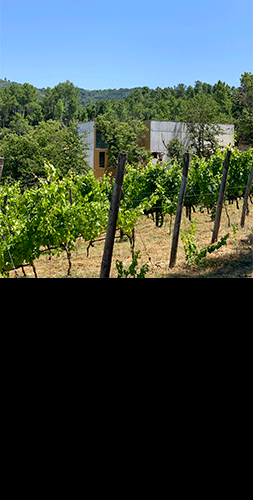
Among the positions of great responsibility he occupies, he has been president of the African Union of Architects (AUA) for about a year. Victor Leonel tells us that, for this very reason, he has very little time left to actually do architecture. In this interview, he tells us about the difficulties in reconciling the wishes of 42 countries and, above all else, about the long road that Angola has to travel for the role of the architect to be valued. With regard to the award he recently received, he emphasises that it is «recognition of the great work that has been carried out by the various presidents that the AUA has had», while adding that for him it is «a responsibility to keep the bar high».
Was being an architect a childhood dream?
No, because at the time I did not even know what architecture was. I had heard about engineering and so I thought about being an engineer.
What is the mission of the African Union of Architects?
The main goals of the African Union of Architects are to: bring together the professional associations of the continent; publicise the work done by the African architects in different countries; protect historic buildings; reward major projects and publicise their authors; create an Accreditation System for African Architecture Schools; promote research and dissemination in schools and in the media of the History of the Architectural and Cultural Heritage of Africa; promote the teaching of architecture in different countries; promote the study on the African architectural and urban template; among others.
42 countries are members of the Union. Is it easy to handle so many different resolves?
It is not so easy because countries have a tendency to come together because of the country’s official ‘vehicular’ language. Africa has five ‘vehicular’ languages: English, French, Portuguese, Arabic and Spanish. When I joined the AUA, the official languages were only English and French. Now there is also Portuguese and Arabic.
You were voted president of the AUA last June. Have you achieved the goals you proposed since then?
So far, yes. My main challenge of my mandate is to implement the new Union Constitution passed at the 2015 Congress, in Kampala, Uganda.
Do you believe that in Africa architects play an important role, or is there still a way to go in that direction?
In some countries the role of the architect is already honourable, but in most countries, not yet. This is a process that involves raising awareness in African politicians because they are the ones who hold the power and often have difficulty in «giving Caesar what is Caesar’s».
Does African architecture have room to gain more prominence in the world?
African architecture in the contemporary world has started to take its first steps and the road is still long and, I believe, triumphant.
How can you reconcile modern architecture with architectural identity and memory?
Contemporary architecture redeems the identity and memory of different places and, at the same time, giving it a global scope.
You defend that governments should elect the architects of their respective countries to realise public projects. Why?
Architecture is one of the cultural manifestations of a people. Therefore, when designing projects, we must know the culture of the people we are projecting. Of course a native knows the local situation better than an immigrant. Or the foreigner should work in partnership with the local architect. But there are internationally renowned architects, who can interact with the site in an interesting way and with very good results. The doors are usually opened to such creators.
«African politicians often have difficulty in ‘giving Caesar what is Caesar’s’»
You are also president of the Angolan Architects’ Association and vice-president of the International Council of Portuguese-speaking Architects (CIALP). With all this international experience, what is your view of the evolution of architecture in Angola?
Architecture in Angola is taking its first steps. It is a shame that angolan architects barely get involved in solving the problems related to our sector. Behind an architect stands a construction materials industry. This means that foolishly the industry of different countries is promoted to the detriment of ours, which is already scarce. To improve things work needs to be done and that is what architects in Angola complain about.
What is the project that is urgently needed in Angola?
It’s all starting! But there is an urgent need to teach Measurement and Budget in universities, to be able to have greater control over construction costs, which is where the country is losing a great deal of resources.
Do you still have time to do architecture?
Very little.
You were recently awarded by the Royal Institute of British Architects, in London, with the RIBA Presidential Medal. What does this award mean to you?
It means the recognition by RIBA of the great work that has been developed by the various presidents that AUA has had. It means the respect that AUA has earned throughout its 38 years of existence. It is, on the other hand, a responsibility for me to keep the bar high, while striving to raise it even higher.









